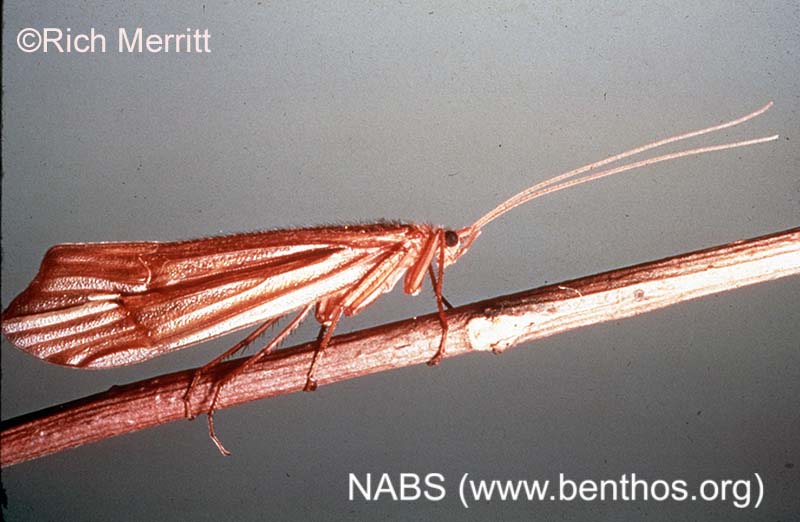
THE XERCES SOCIETY FOR INVERTEBRATE CONSERVATION Aquatic Invertebrates in Pacific Northwest Freshwater Wetlands |
| Identify taxa |
Incidental adults With a few exceptions, aquatic insects have a flying, winged adult stage. These are best known to most of us by the guts and body parts splattered on our windshields after a summer evening drive near a river or lake. As devoted flyfishers can attest, adult insects are not just auto-fodder; they also serve as an essential link in the aquatic food chain. When they return to deposit eggs in, on, or around a water body, adult insects regularly fall prey to hungry fish. They also may end up in your end up in a dipnet sample that you take from a wetland. A few terrestrial or semiaquatic insects may be occasionally collected in an aquatic invertebrate monitoring sample, even though they are not technically part of the wetland invertebrate community. For instance, somel wasps crawl into the water to ay their eggs on invertebrate hosts. Some crickets burrow in the shoreline sediments. Incidental adults won't typically be found in wetland samples, but they're interesting to know about and play an important role the freshwater wetland environment. Some adult insects are indeed aquatic and are found in typical wetland samples. Adult stages of some aquatic beetles may be collected in wetlands; these are often important predators on other types of aquatic macroinvertebrates and some small fish. True bugs (Hemipterans) also live on and in the water as adults and may be found in a wetland sample. |
|
Caddisflies (Trichoptera) adults moth-like; hairy wings folded like a tent (triangular from behind) over abdomen   trichoptera immatures |
|
Dobsonfly (Megaloptera), Dragonfly & Damselfly (Odonata) adults Large, soft-bodied; large membranous wings held loosely roof-like over body, except for dragonflies, which hold perpendicular to body; no tails at tip of abdomen.   megaloptera(alderfly, dobsonfly) immatures odonata (dragonfly, damselfly) immatures |
|
Midge, Crane fly adults These are both true flies (Diptera); all Diptera adults only have one pair of wings. Midges are very small; crane flies are relatively large and resemble over-grown mosquitoes (but they do not bite humans!).  diptera immatures |
|
© 2007 Xerces Society
Contact info@xerces.org





